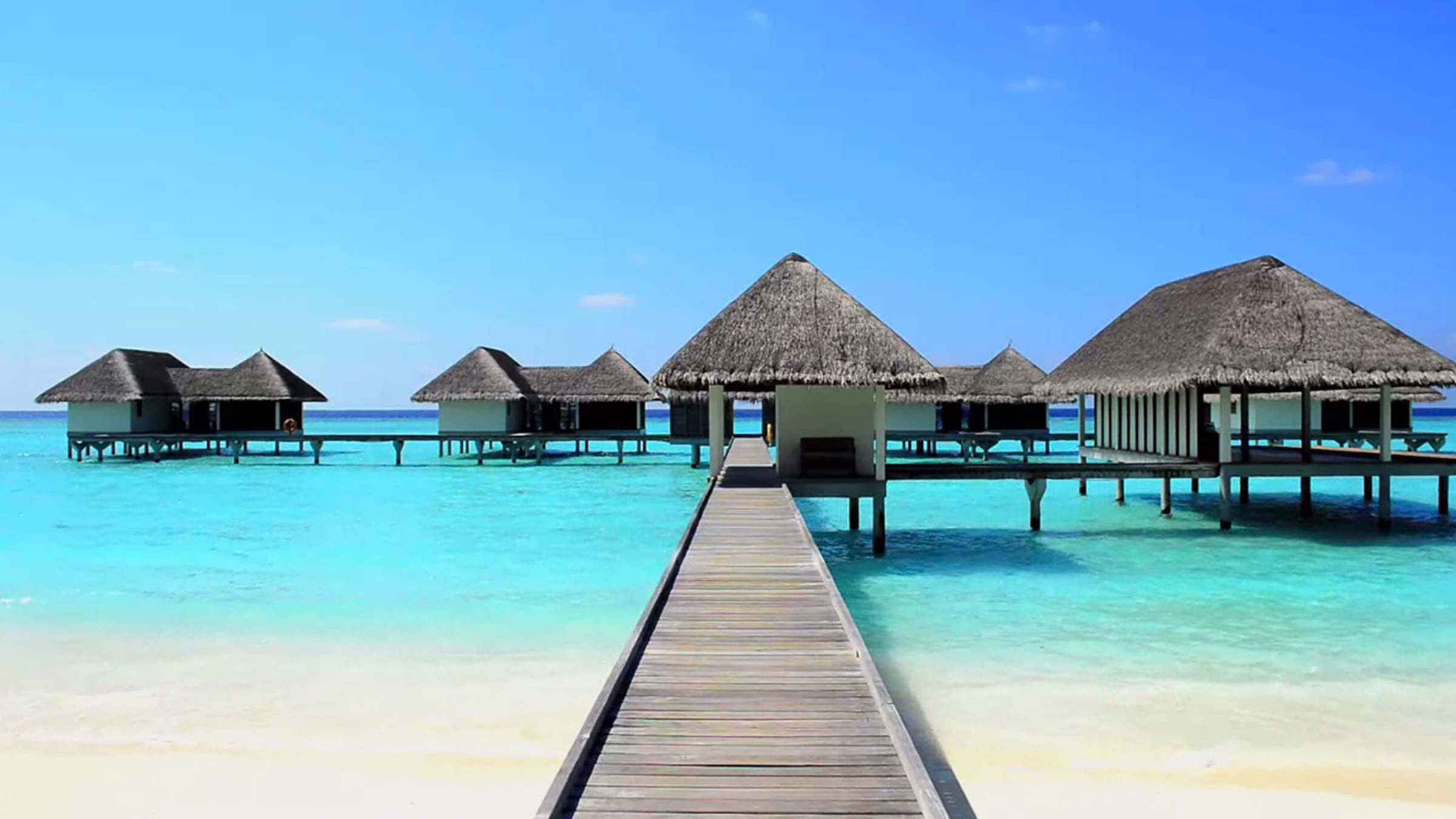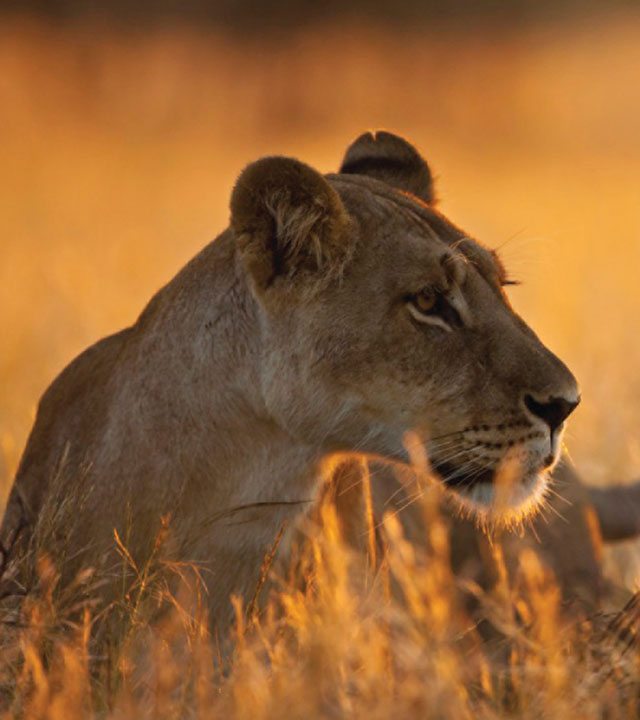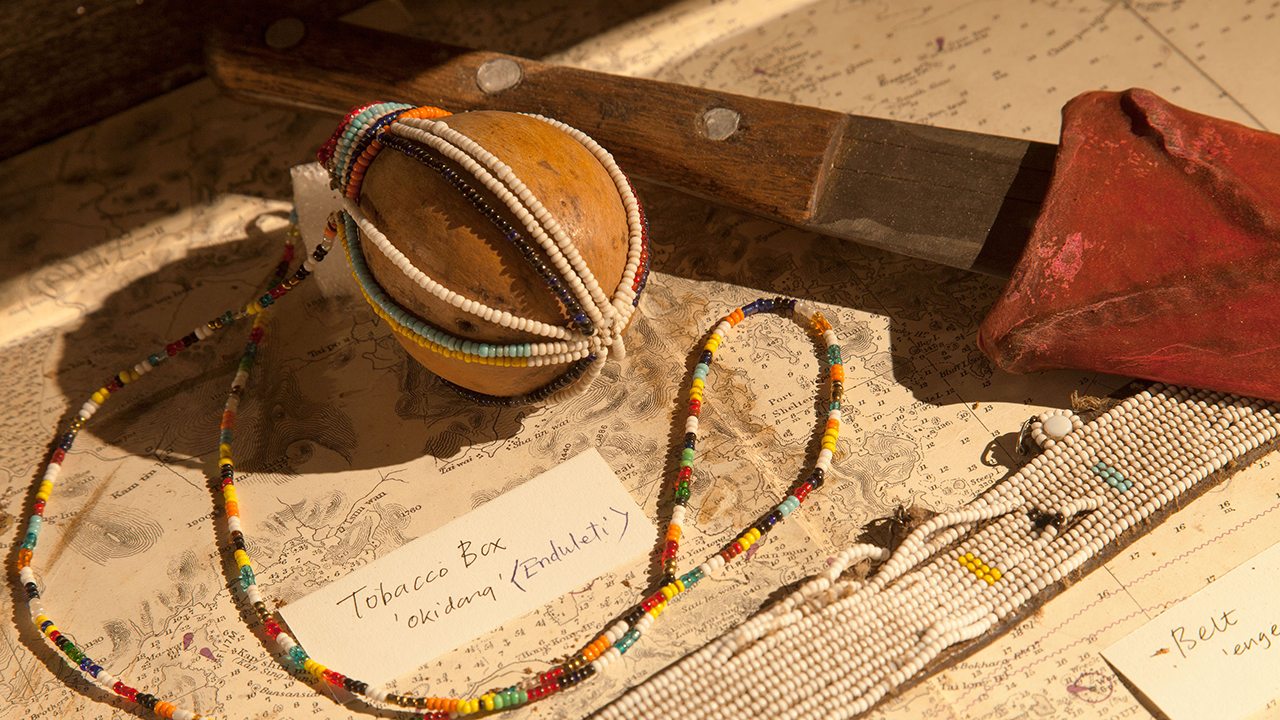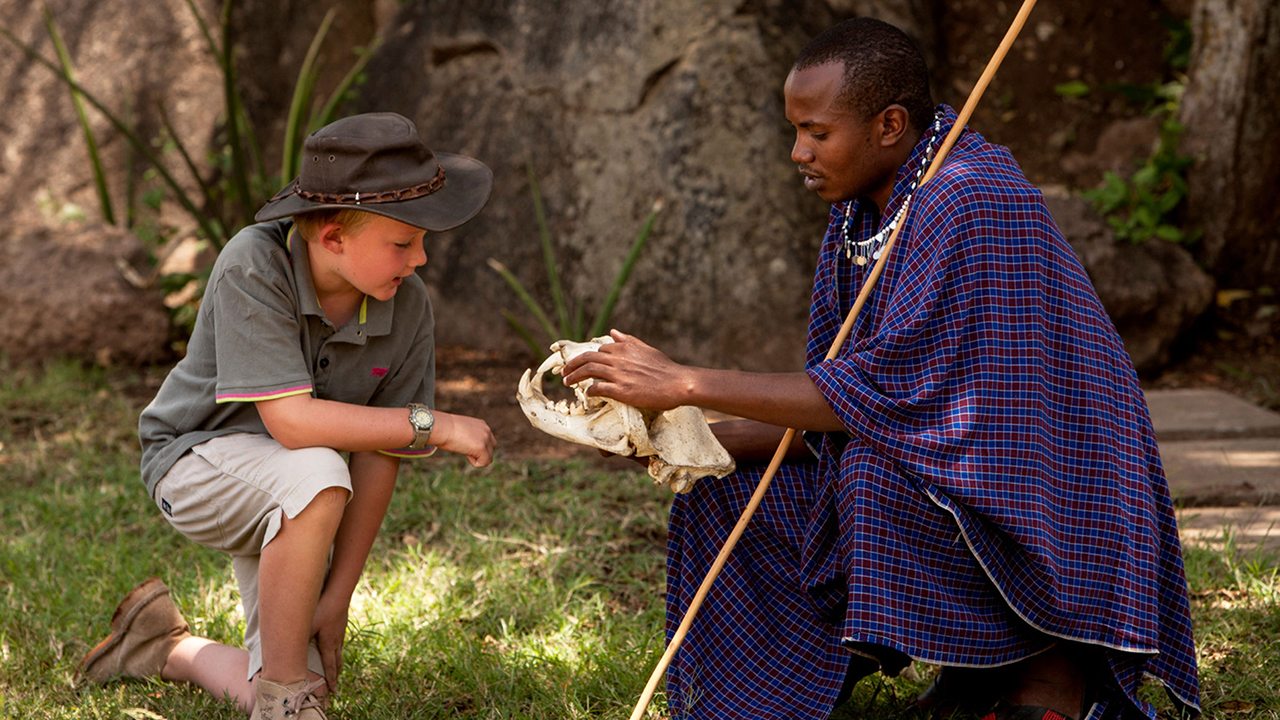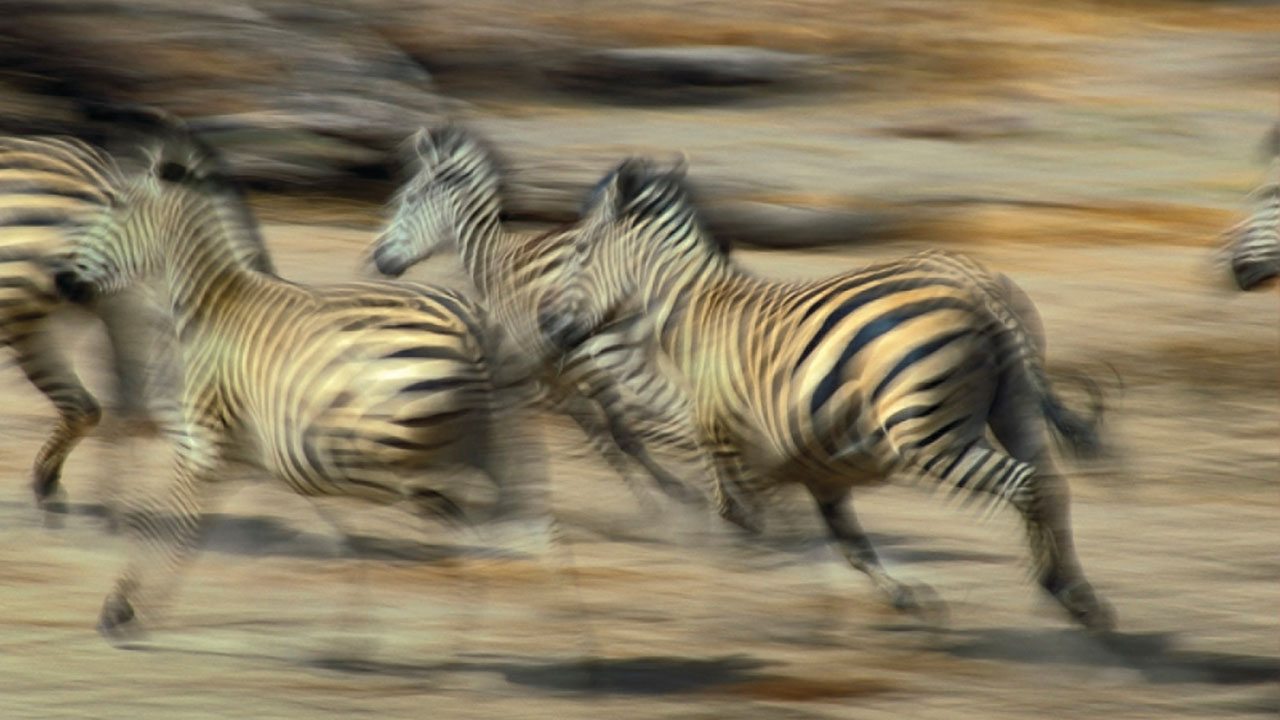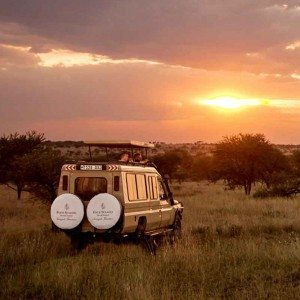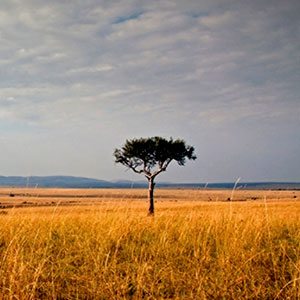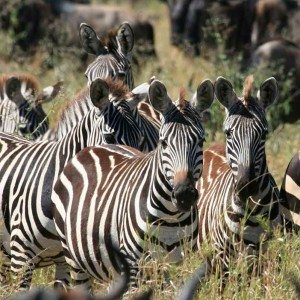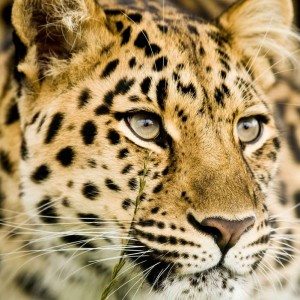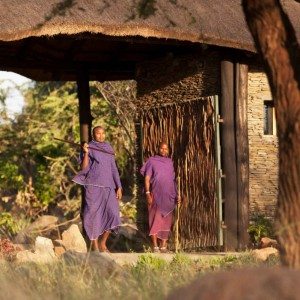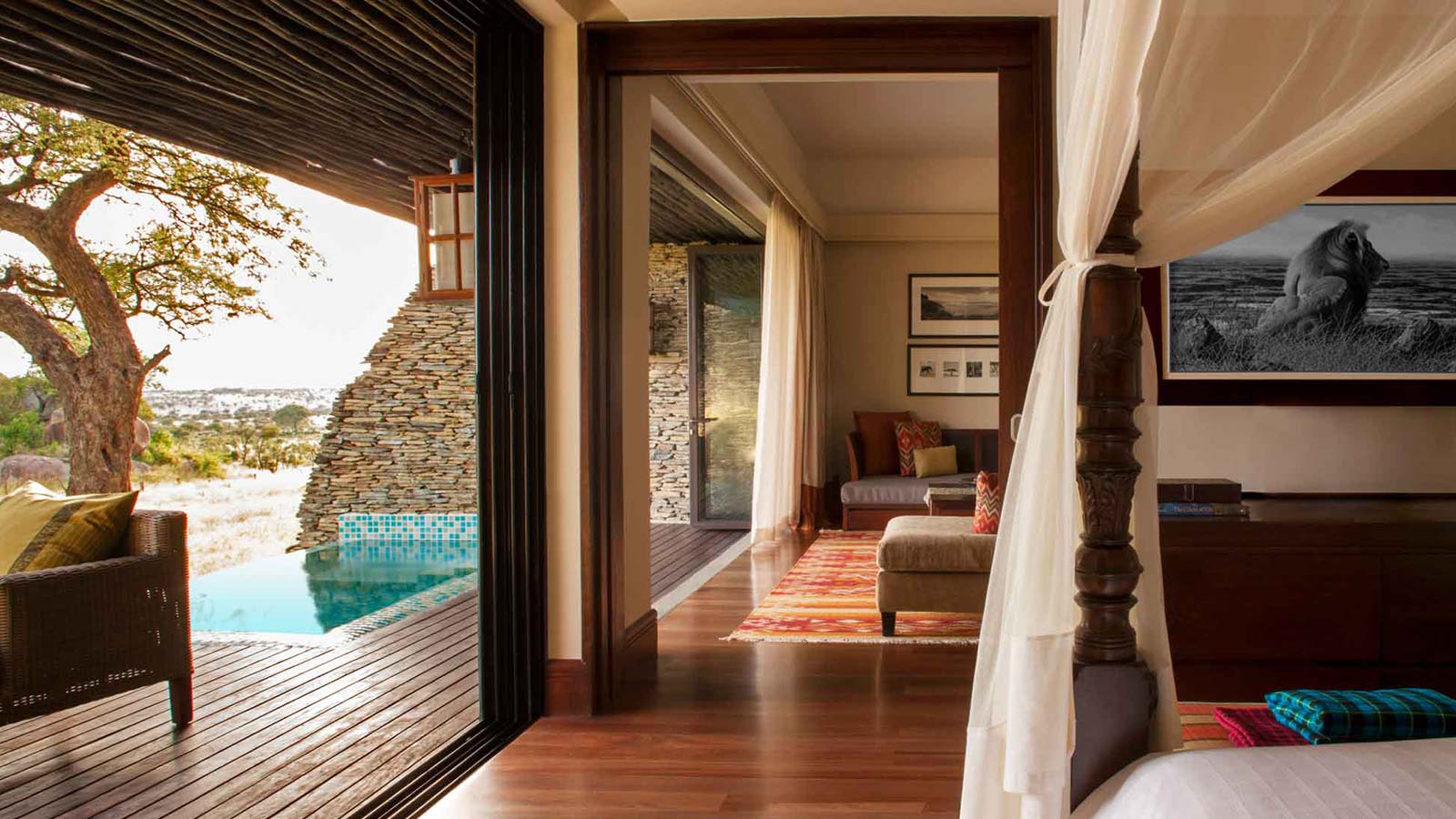In the Serengeti, opportunities for wildlife viewing present even before the day begins, and setting out on safari—either by Jeep or hot-air balloon—quickly becomes a form of extreme game chasing. The Discovery Centre at Four Seasons, the region’s first lodge-based conservation research and education facility, brings these dynamic interactions with wildlife into high-definition perspective.
“The aim of the Discovery Centre is to help our guests understand the intricate interactions that are going on in the bush all around them—both large and small,” says Oliver Dreike, the Discovery Centre Manager. Follow the course of the Great Migration with a 3-D interactive map of the Serengeti-Mara ecosystem, track night-time movements of nocturnal predators with state-of-the-art camera equipment and embark on a guided tour with a member of the local Maasai or Ikoma tribe.
“The Discovery Centre showcases more than half a century of Serengeti wildlife research,” says Dreike. He and other centre staff also manage the Lodge’s Kijana Klub activities. Kijana means “youth” in Swahili, and the programmes appeal to the wide-eyed eagerness for knowledge that most young guests arrive with. “Kids love setting up remote camera traps,” says Dreike. “They set them up outside their rooms, and then tune in to see what creatures walked past during the night.”


